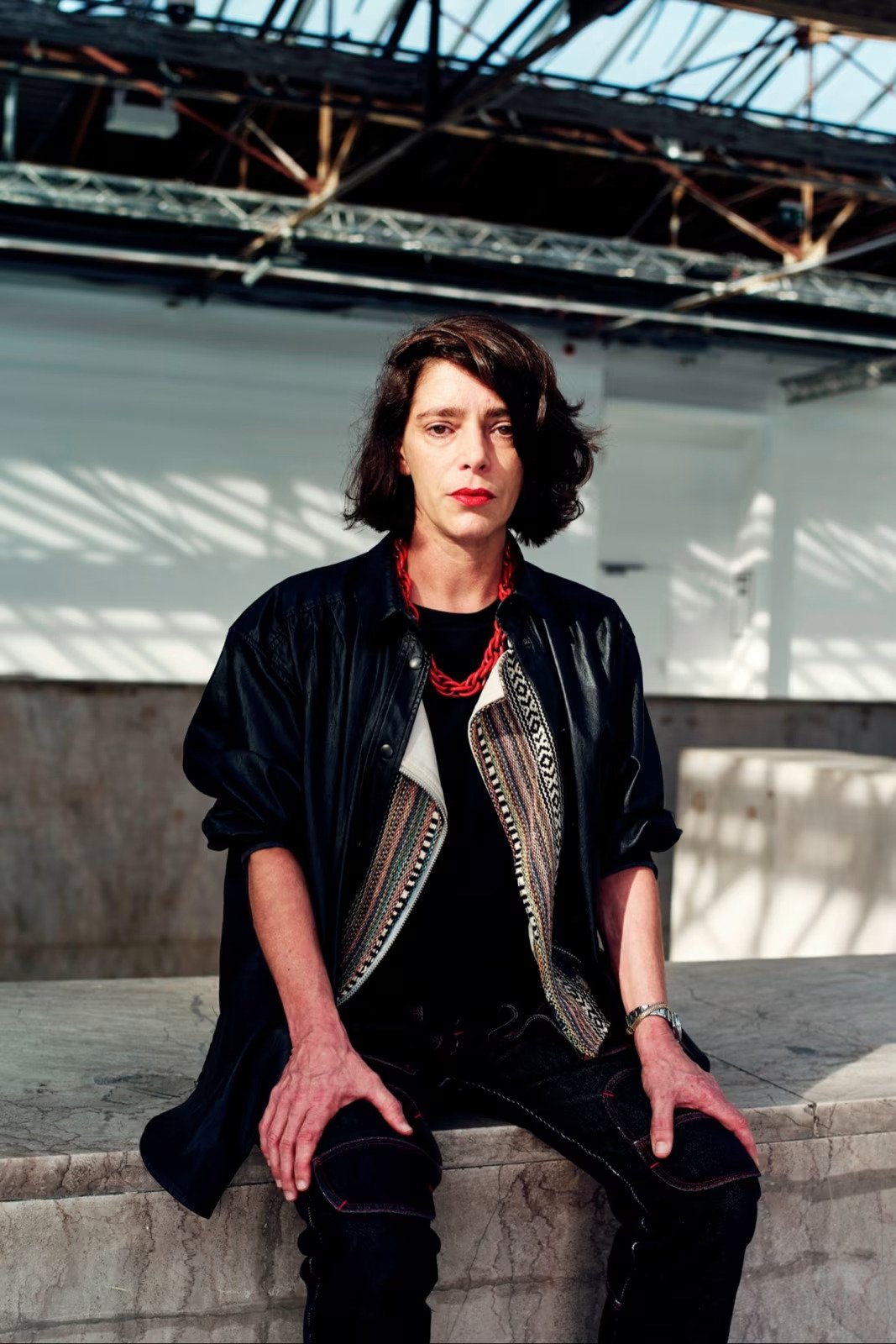All in Proflie
Ali Cherri Challenges the Western Gaze
Dressed in loosely fitting black clothes and a denim jacket, Paris-based Lebanese artist Ali Cherri glides through the Oriental Antiquity galleries of the Louvre like a dancer engaged in a complex choreography with the throngs of museum visitors around him. We stop before a relief panel depicting the Tree of Life taken from the Palace of King Sargon II at Dur-Sharrukin (c.713–706 BCE). Cherri has been studying this panel for several months in preparation for his forthcoming exhibition at the Giacometti Foundation, Paris, in January. The artist pulls out his phone to show me the progress being made on a 3D interpretation that will be the centrepiece of his show. ‘It is the first time that I will be working in bronze,’ he explains excitedly, swiping past images of the scale plaster model and screenshots of conversations with his chief studio assistant, Valentin Rolovic. Rolovic oversees five other assistants, some of whom I recently observed at the artist’s Paris studio constructing semi-transparent cactus leaves out of resin and massive heads out of styrofoam and fibreglass for ‘Dreamless Night’, an exhibition at Bergamo’s Galleria d’Arte Moderna e Contemporanea, which opened in early October.
Artist Lili Reynaud-Dewar: ‘I think we attribute too much power to art’
Lili Reynaud-Dewar had to go to Scotland to learn about France. The artist, born in La Rochelle on the western coast of France in 1975, moved to the UK to study for a masters in fine art at the Glasgow School of Art in 2001. “I didn’t realise until then how male-dominated the French contemporary art word was. There were artists that I admired very much, but there was very little place for women,” she says.


